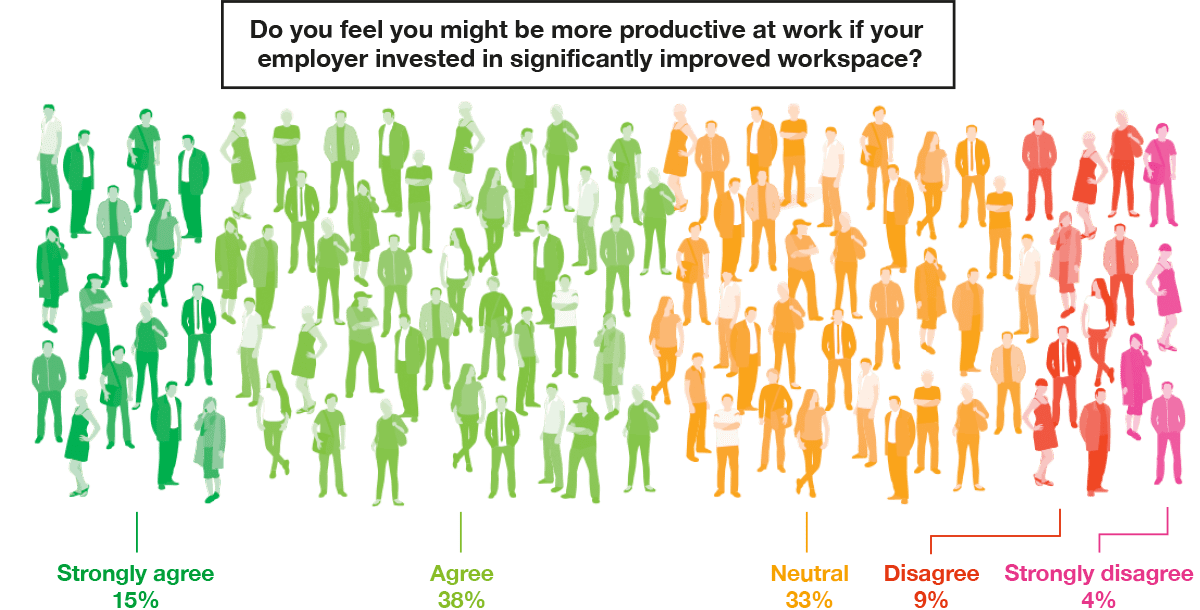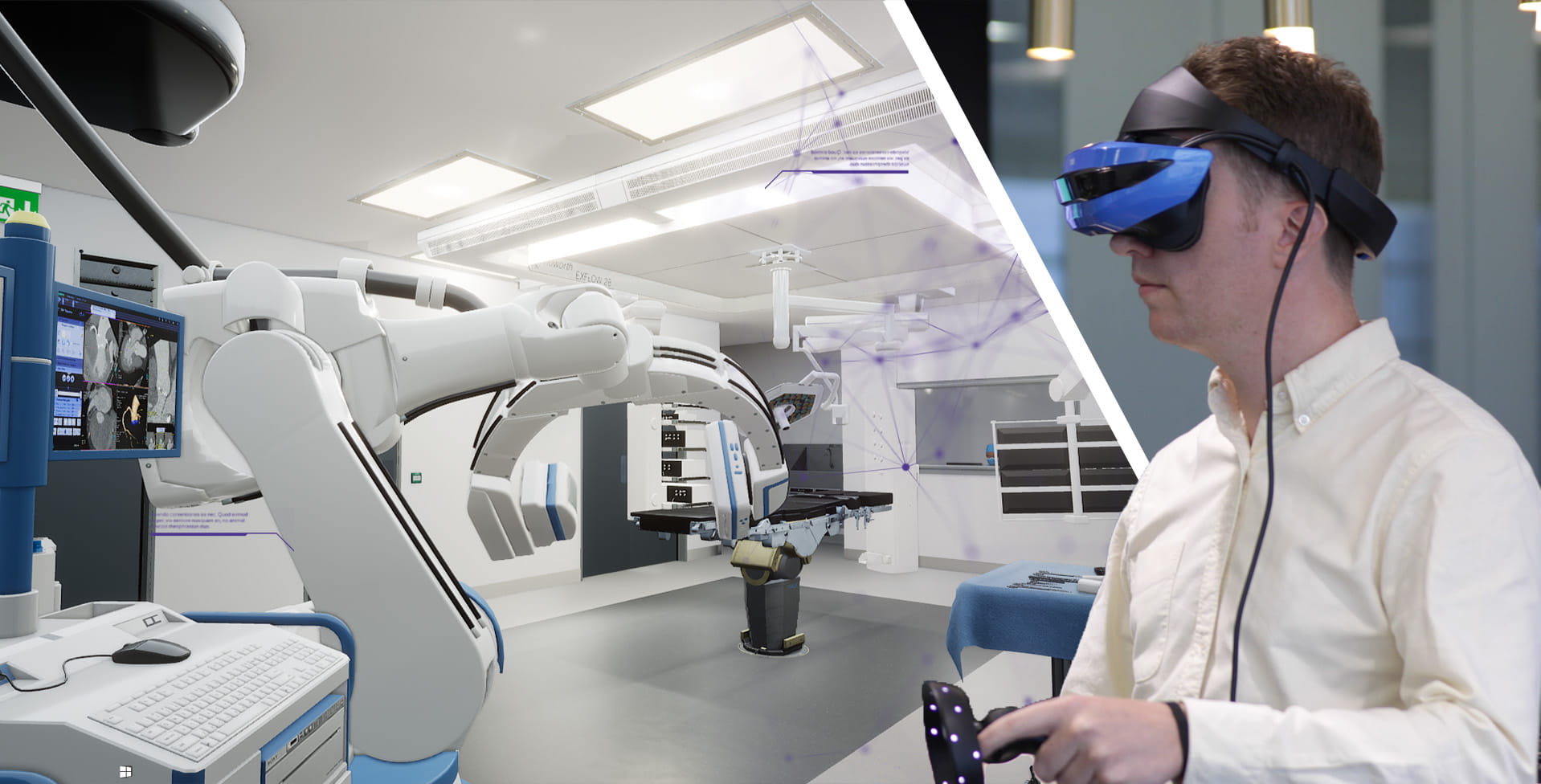

Building the medical community of tomorrow
As the future of medicine moves towards greater personalisation of treatment, the healthcare estate must now do the same. Using data, smart solutions and considering the detailed needs of everybody who uses the space is the only way to produce a facility fit for tomorrow.
Many pioneering facilities are moving towards ‘bench top to bedside’, by bringing clinicians, scientists and patients into the same building to reduce the time it takes to develop treatments. Having all these different groups under one roof, working towards a common goal will undoubtedly deliver superior healthcare outcomes. However, it can create challenges for how a facility can best serve them.
We now have a much greater understanding of the connection between the physical space and the outcomes these increasingly varied healthcare professionals are able to achieve. Together with this, the need has never been greater to use state-of-the-art technology to not just develop the facilities themselves but to run them for maximum efficiency well into the future.
This may sound complex, but the solutions to the problems of tomorrow are with us right now.

Building better spaces for all
Quality care should not be just confined to patients, it must also be reflected in the facilities in which they are treated. When it comes to this, there is a lot that the healthcare estate can learn from other sectors. Looking across industry, recent research we conducted into the impact of workspace on those who use it shows just how important it can be.
Over half of those surveyed, believe that their personal productivity would increase if they were provided with better quality facilities in which to operate. It is a similar picture when it comes to attracting the brightest talent. Here, 45 percent claim that they would be more willing to join another organisation if they were offered better quality, state-of-the-art space in which to work.
There is no reason why the same principles cannot apply in the health sector. Naturally, patient care facilities are of paramount importance. However, it imperative to also consider the needs of the entire mix of people who use the space. From clinicians and surgeons to researchers and FM directors, investing in their future success by consulting them from the very outset is critical to long-term success.
So, too is financial sustainability. Good quality commercial spaces are also important to lasting success. Prioritising amenities from retail outlets all the way through to private clinical spaces is something that the estate needs to move towards at greater pace. The healthcare estate is no longer merely a ‘hospital’ but an advanced hub, servicing the end-to-end needs of a huge array of stakeholders. A healthy commercial model which ensures long-term sustainability should no longer be an afterthought.

Smart solutions for smart facilities
Construction technology is not only transforming the way we construct spaces in the healthcare arena but also opening up exciting possibilities for what can be achieved in terms of running them.
Technology has improved massively in recent years. The likes of 6D BIM now allows us to create a digital twin of the facility to an astonishing degree of precision. Populating the model with the likes of product data, operation manuals, photographs, warranty data and manufacturer information can have an enormous impact on lowering operating costs and inform a truly ongoing operating programme. The pinnacle of this technology is the creation of a facility that heals itself through pre-emptive maintenance – self ordering components and scheduling installation.
An extension of this is the use of augmented reality. By blending VR and the real world we can make additional big strides towards fully smart operation by being able to see through walls and ceilings to the services installation. Not only does that sound impressive, it allows us to carry out maintenance and repairs with a far greater meticulousness than we could ever have imagined before. These cutting-edge approaches have the potential to truly revolutionise the way the entire estate is maintained and drive down cost throughout the whole lifecycle.

Solving problems before they happen
It is only right that those at the forefront of patient care and driving forward world-leading research demand a new skillset from their contractor partners. It can no longer be merely a question of delivering a project on time and within budget.
Intelligent, tech-led laboratories and health facilities must accommodate the needs of those who use them today, and pre-empt what they may need tomorrow. The intelligent contractor should consider these multi-faceted requirements when building a space that will stand the test of time. We already have everything we need to create truly smart facilities. At ISG, we are delivering facilities that use this advanced automated facilities management capability right now.
The healthcare sector is at the very forefront of breaking boundaries and pre-empting future challenges. It deserves an estate that does the same.

